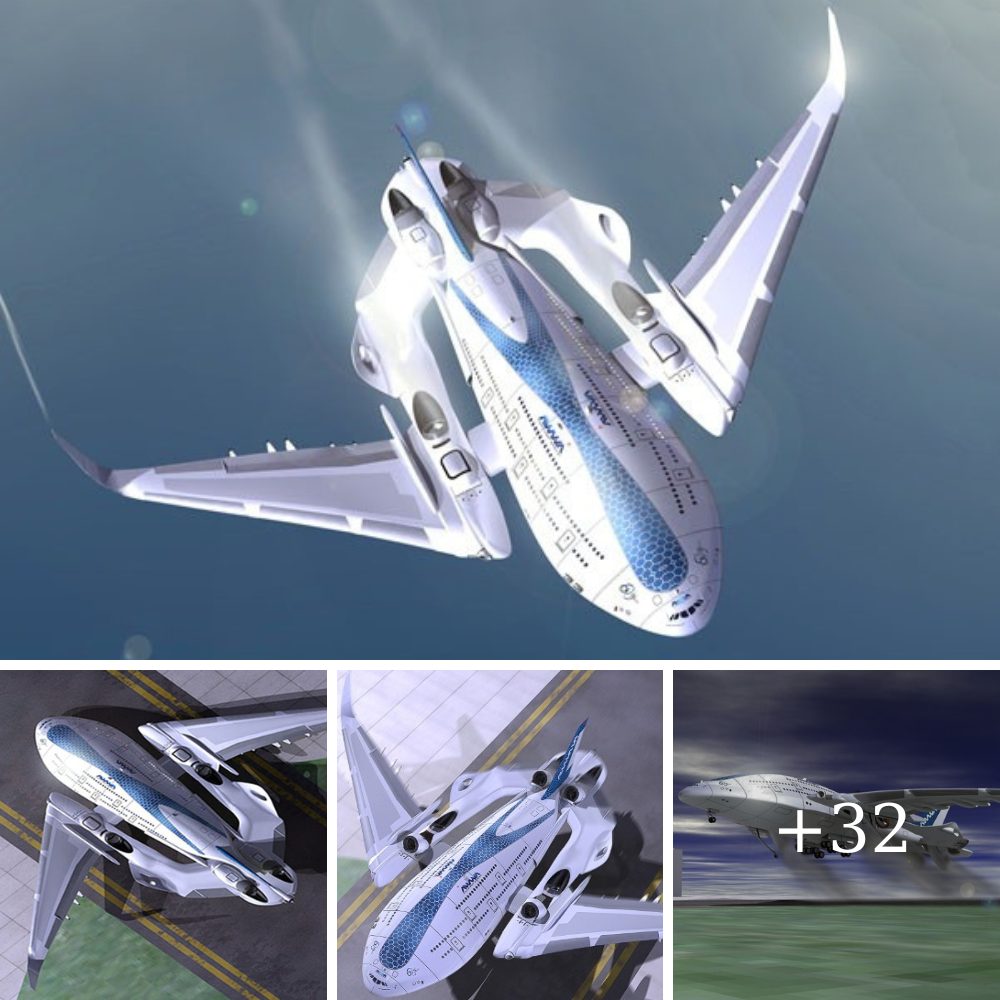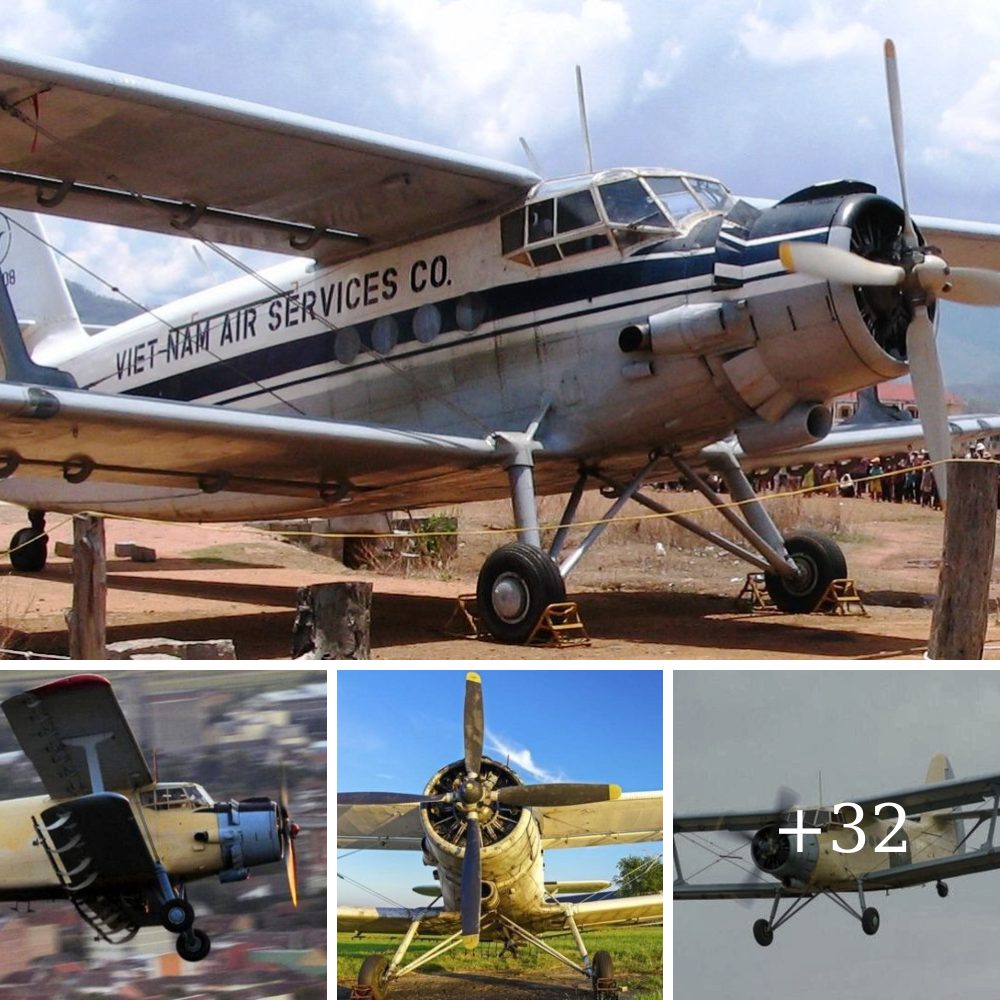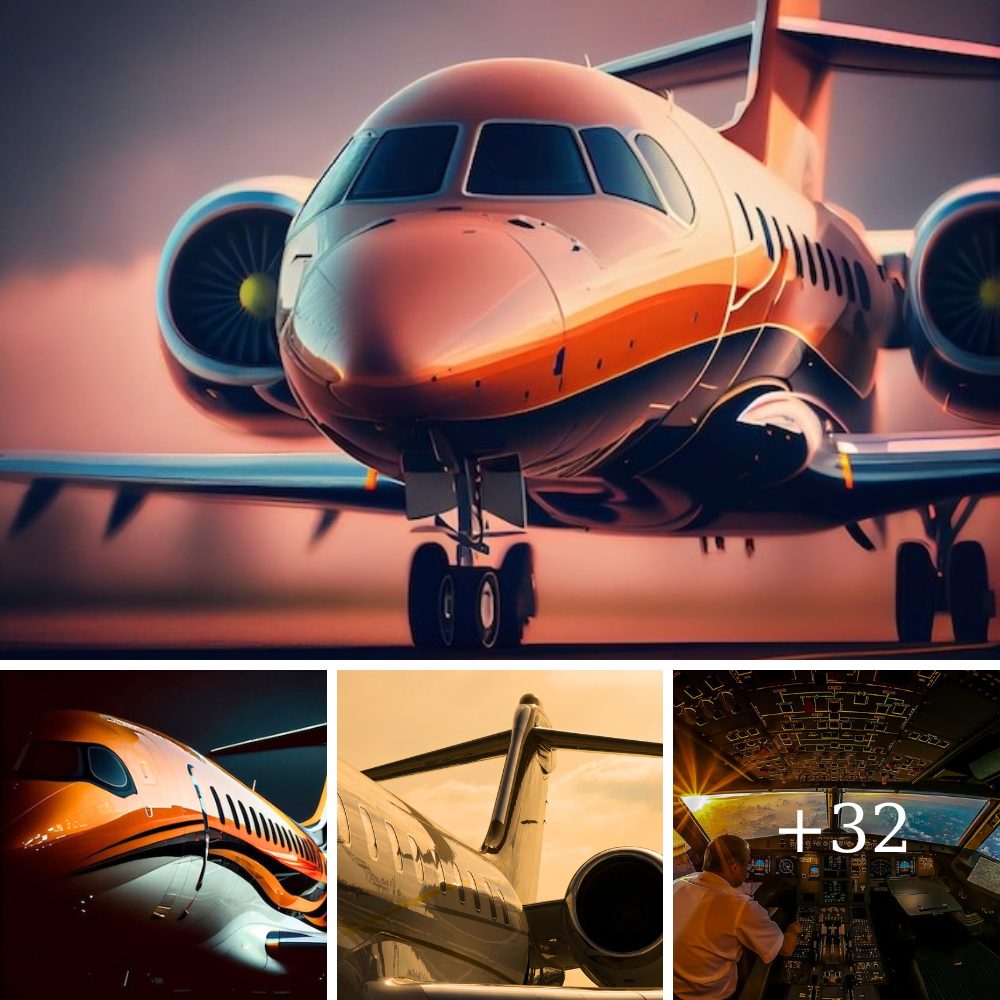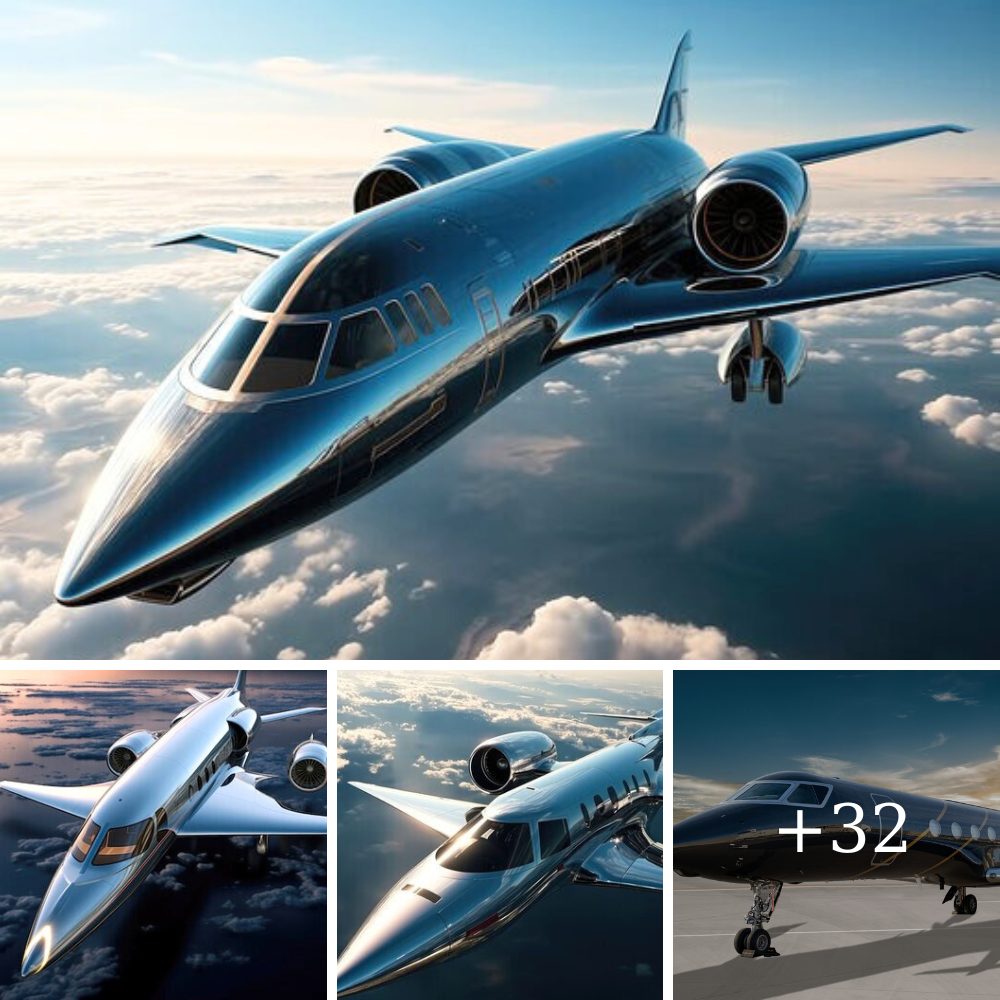When you burn as much fuel as an airline does, a single-digit fuel efficiency tweak adds up to massive savings. Take the drag-reducing Aeroshark film Swiss Airlines has stuck all over its 12 Boeing 777s – it delivers a 1% efficiency gain, and as a result, over just 12 aircraft, Swiss expects to use 4,800 tonnes less jet fuel every year, saving nearly half a million dollars per year, per plane at today’s prices. That’d be closer to half a billion a year for an operator like American Airlines, closing in on 1,000 planes in its fleet, from a 1% efficiency gain.
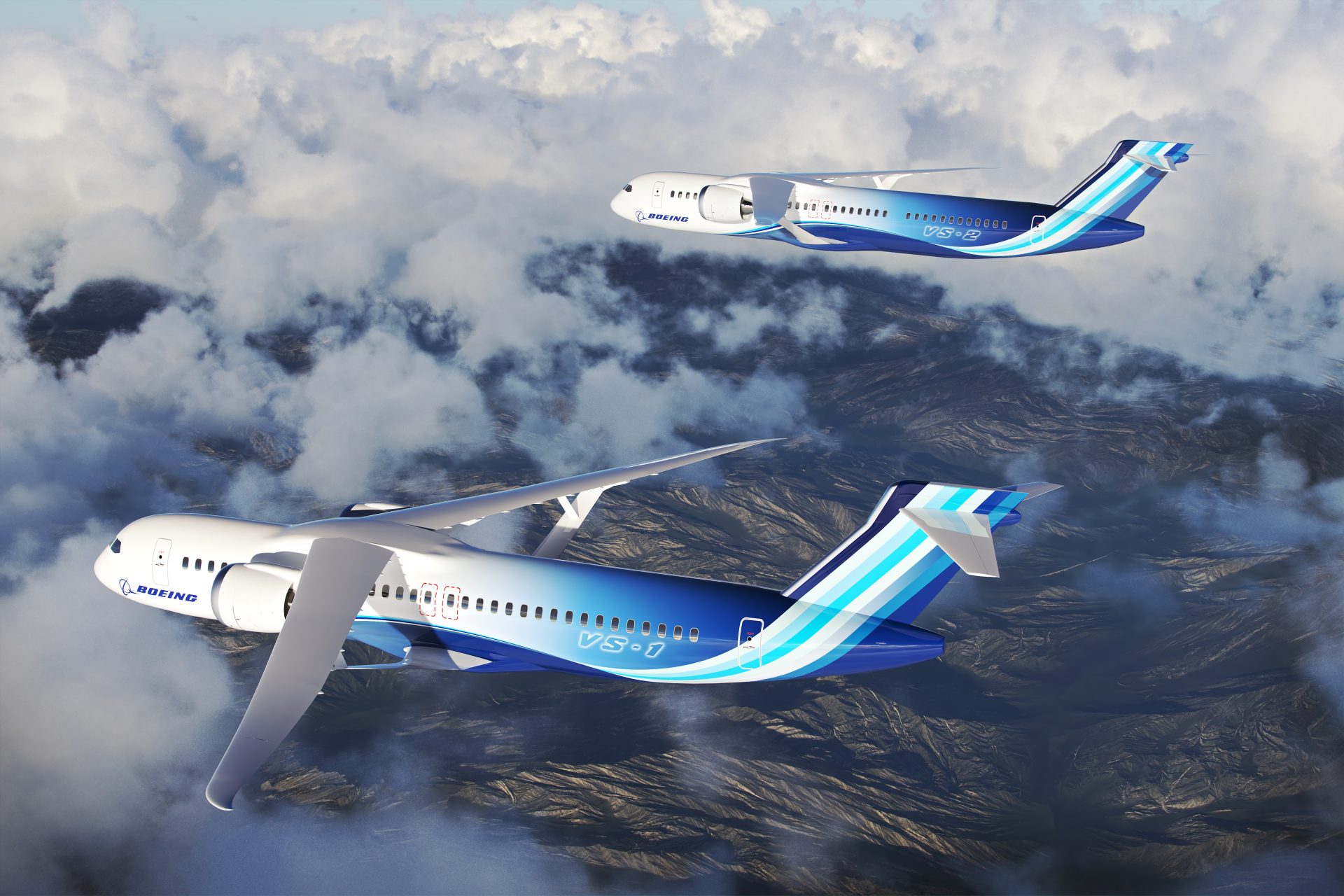
So you can see how an airliner 30% more efficient than today’s best single-aisle machines could be a bit of a big deal. We first ran across Boeing’s “truss-braced wing” design concept back in 2010, as a part of the “Subsonic Ultra Green Aircraft Research” (SUGAR) Volt concept it designed as part of a NASA research program.
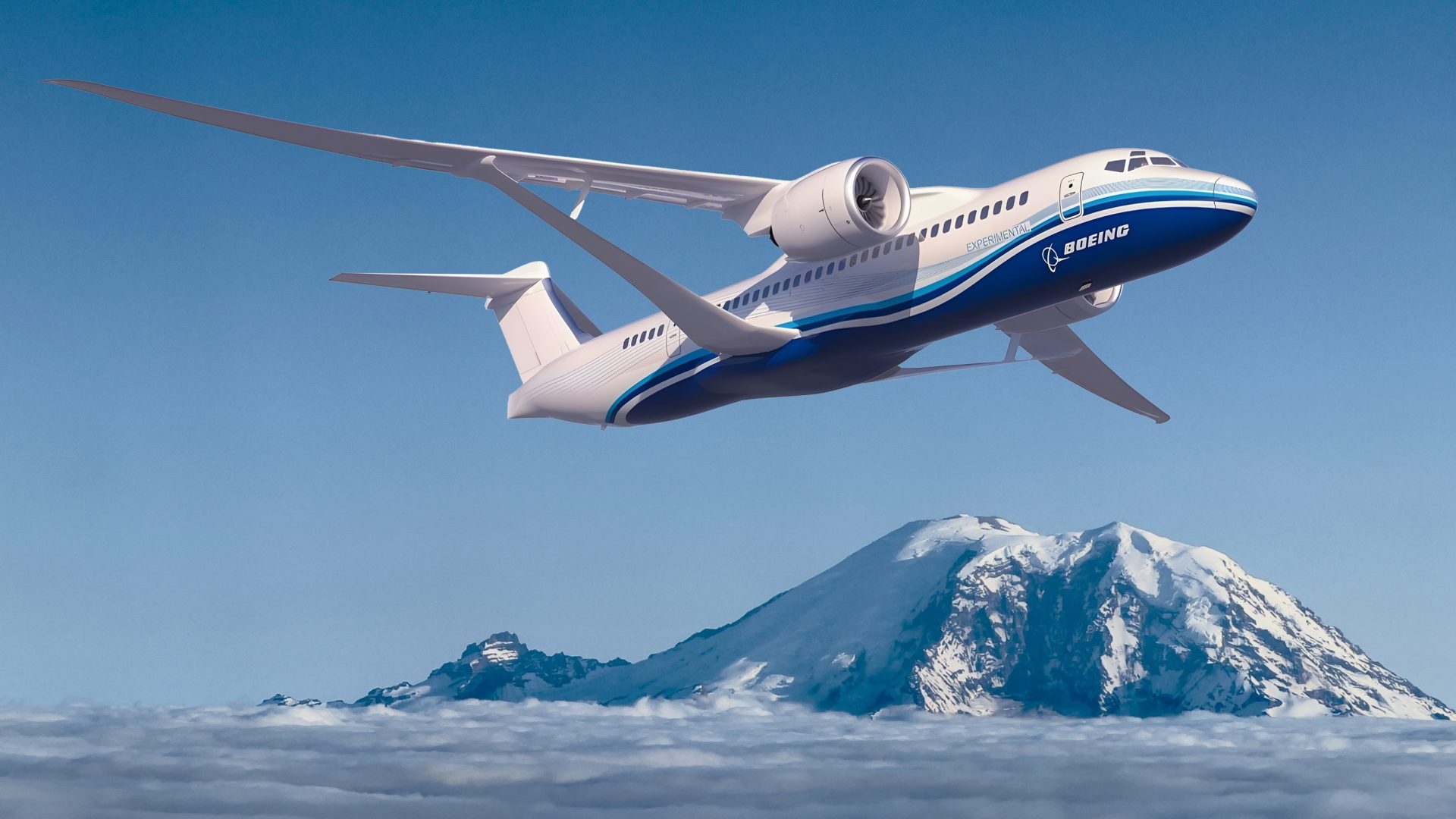
The idea takes advantage of the higher lift and lower drag you get with longer, slimmer, high aspect ratio wings – the sort you might find on an unpowered glider. A concept Boeing was testing in 2016, for example, had wings some 50% wider than comparable standard aircraft.
Structurally, that kind of thing simply doesn’t work without reinforcement. So Boeing’s design hangs the wings from the top of the fuselage, and braces them with long trusses coming up from the belly of the plane. These too are carefully shaped airfoils, adding extra lift as well as strength and stability.

“When combined with expected advancements in propulsion systems, materials and systems architecture,” reads a Boeing press release, “a single-aisle airplane with a TTBW configuration could reduce fuel consumption and emissions up to 30% relative to today’s most efficient single-aisle airplanes, depending on the mission.”
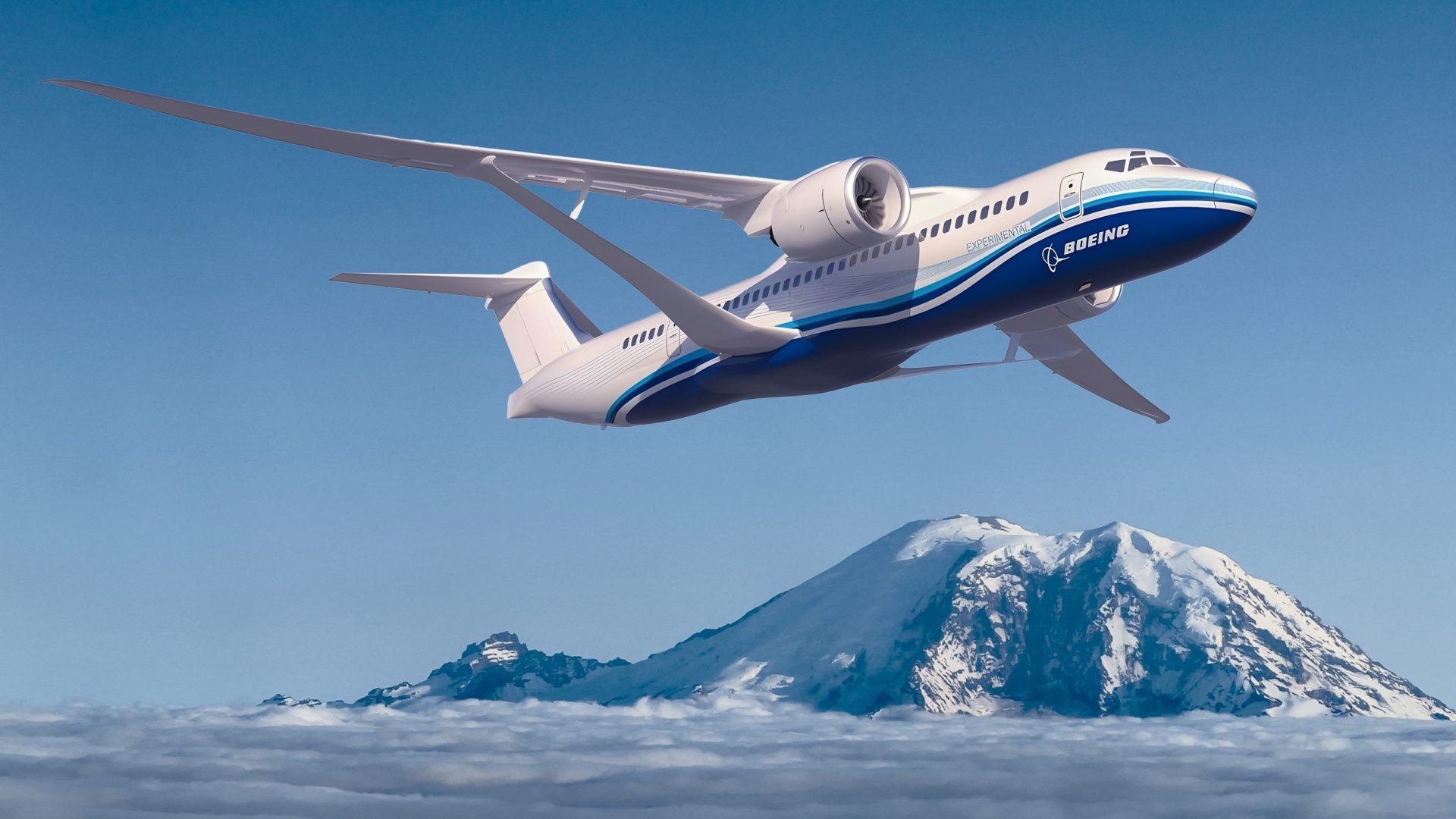
It’s been a long time in digital modeling and subscale wind tunnel testing, but NASA has now awarded Boeing funding through the SFD Space Act agreement to the tune of $425 million, to be thrown in with some $725 million from Boeing and various other business partners, to actually go and build the thing at full scale and get it properly flight tested.
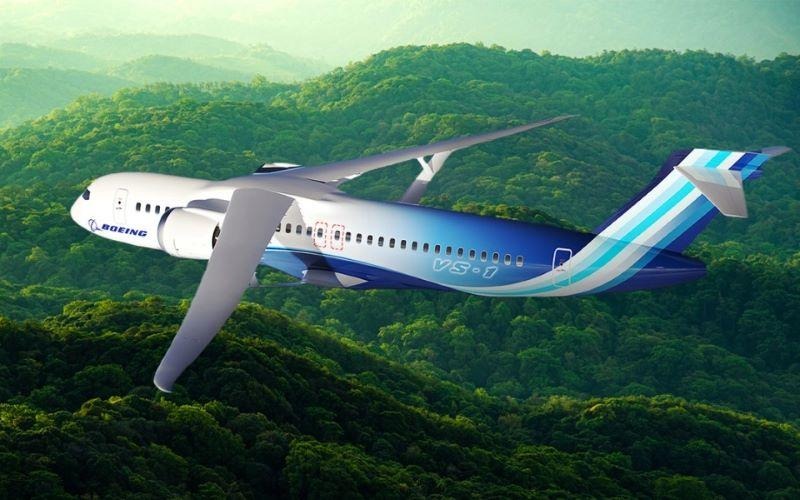
NASA says it plans to complete testing on the Transonic Truss-Braced Wing demonstrator aircraft “by the late 2020s, so that technologies and designs demonstrated by the project can inform industry decisions about the next generation of single-aisle aircraft that could enter into service in the 2030s.”


